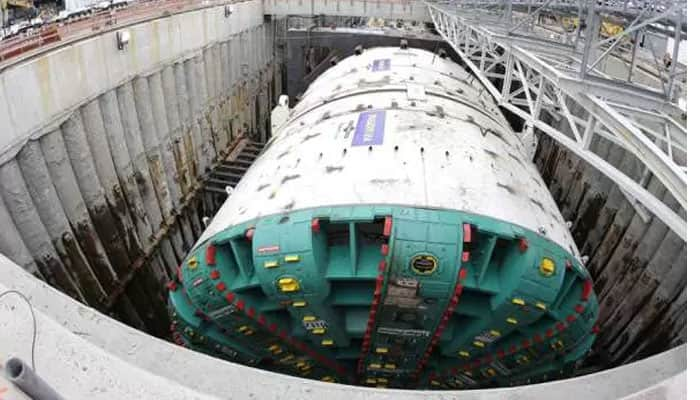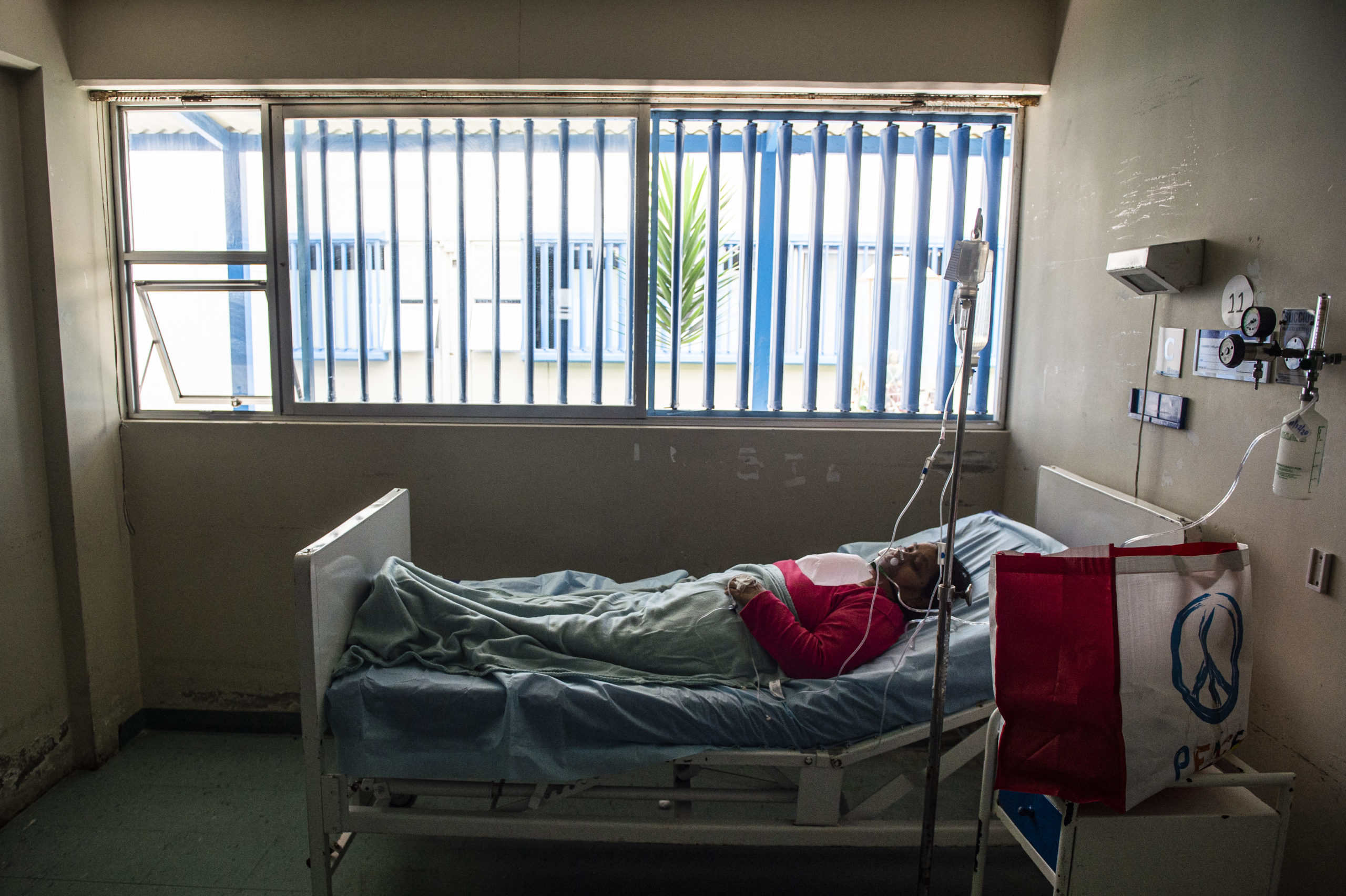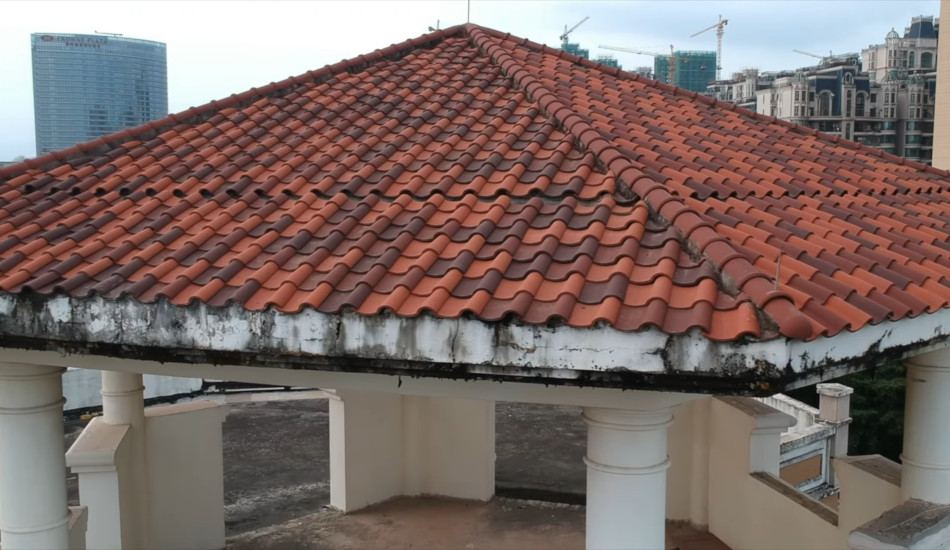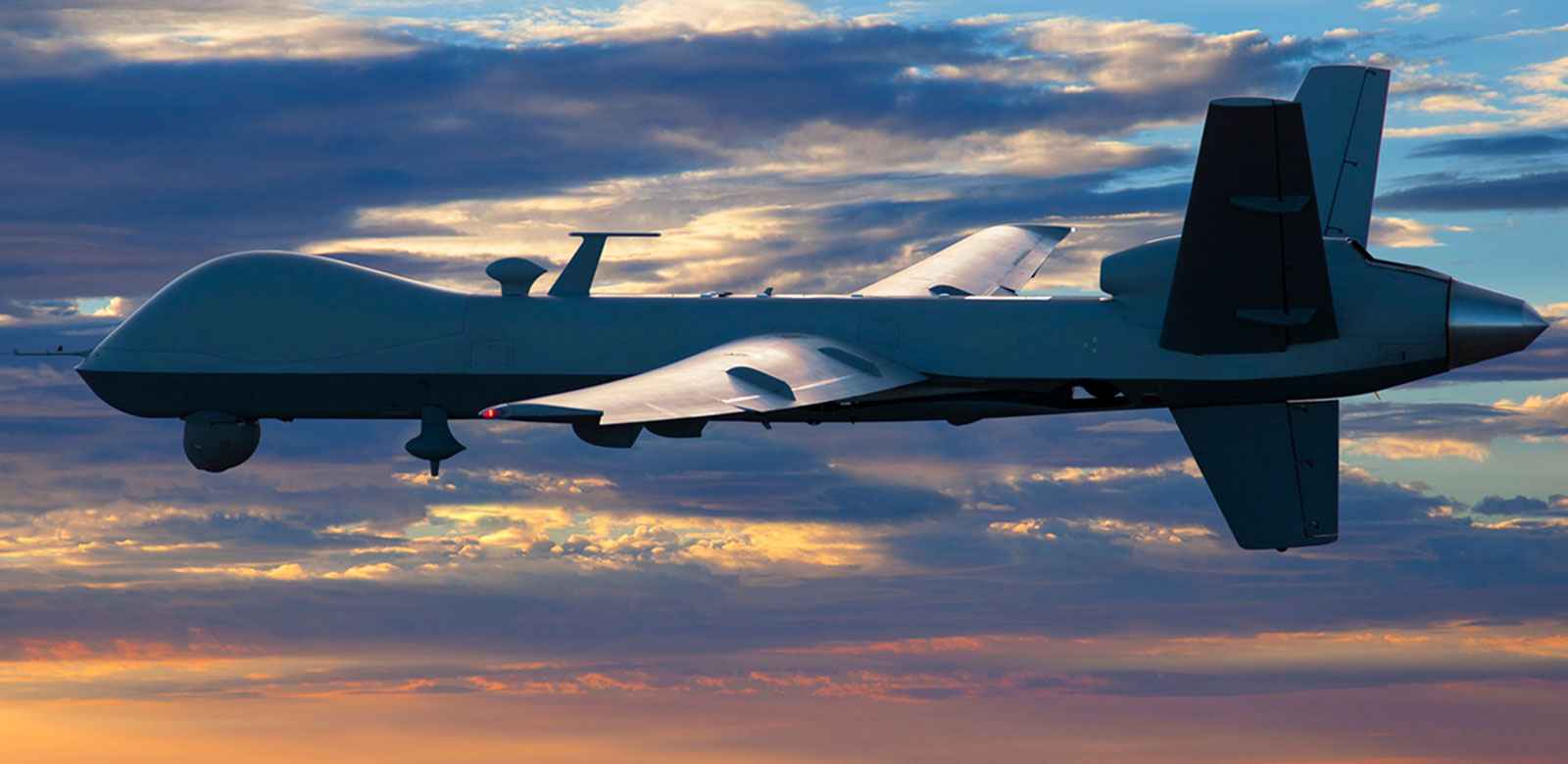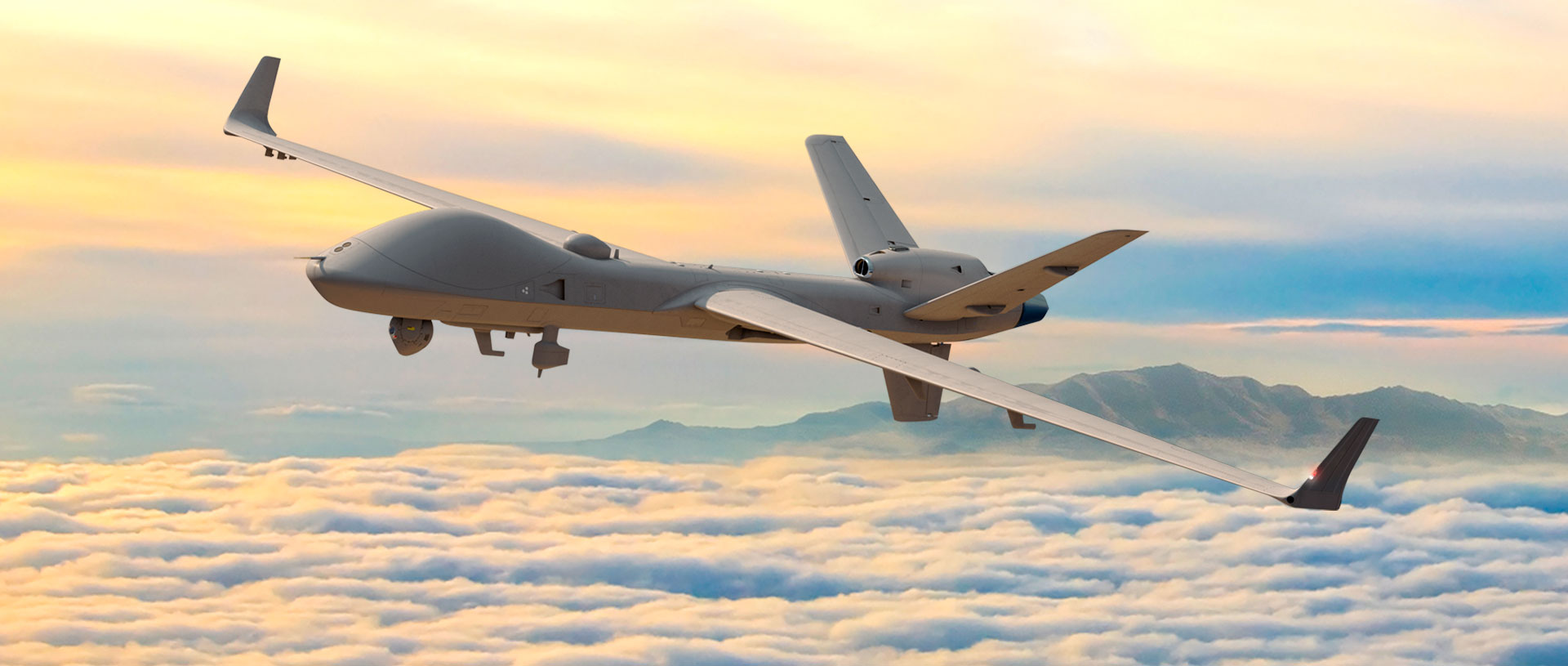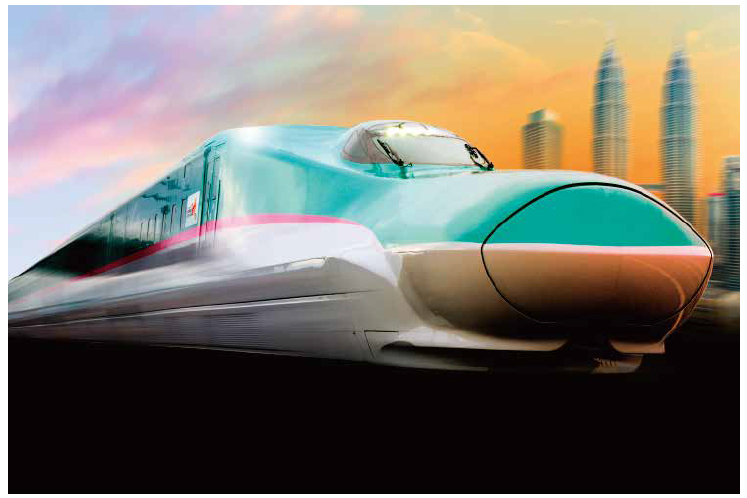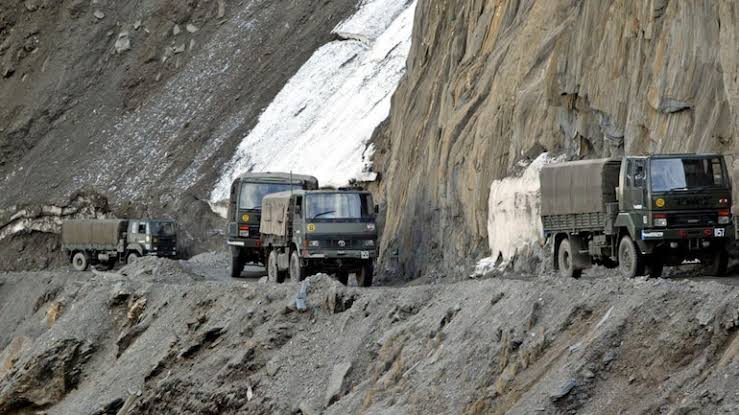Here are some relevent examples to show China's lack of ability in designing and manufacturing 4th generation aircraft:

 taskandpurpose.com
China’s Carrier-Based Fighter Jets Keep Crashing And Burning
taskandpurpose.com
China’s Carrier-Based Fighter Jets Keep Crashing And Burning
The J-15—which is an unlicensed Chinese development based on a T-10K-3 prototype of the Russian Su-33 Flanker-D—has proven to be a disappointment in service with the People’s Liberation Army Navy (PLAN). The navalized Chinese Flanker derivative has suffered a number of high-profile crashes due to technical issues with the aircraft’s engines and flight control system.
The J-15’s problems are apparently serious enough that Beijing is embarking on the development of a new carrier-based aircraft that would take the J-15’s place in China’s nascent carrier air wings.
A “new carrier-based fighter to replace the J-15” is being developed, Lt. Gen. Zhang Honghe, deputy head of the PLA Air Force, told the South China Morning Post.
It is unclear what the J-15’s successor will look like, but whatever aircraft Beijing develops will have to be able to operate from the ski-jump configured flight decks of theType 001 and Type 001A carriers —which are developments of the Soviet Kuznetsov-class —as well as the forthcoming Type 002, which is reportedly going to be outfitted with electromagnetic aircraft launch system (EMALS).
Chinese naval analysts have suggested that Beijing might develop a naval variant of the FC-31 Gyrfalcon, which is a “privately-funded” development of the state-owned Shenyang Aircraft Corporation.
However, there is no official confirmation from Beijing on what a J-15 replacement might look like.
The impetus for doing away with the J-15 stems from a series of four serious accidents suffered by the type.
According to the SCMP, there have been at least four J-15 crashes that have resulted in at least one fatality and one case of serious injury due to what has been described as a series of “unpardonable mechanical failures.”
The technical problems seem to be traceable to the J-15’s indigenously developed engines and flight control system.
“The J-15 is a problematic aircraft – its unstable flight control system was the key factor behind the two fatal accidents two years ago,” a source told the SCMP.
Indeed, during two of the incidents which resulted in J-15 crashes, the SCMP said the “flight control system was breaking down” on approach to the runway during Field Carrier Landing Practices (FCLP). That might suggest the J-15’s flight control laws are vulnerable to pilot induced oscillations or any number of other problems.
Additionally, it is not clear how reliable the J-15’s indigenous Shenyang Liming WS-10H engines are and if they played a factor in these crashes. Older versions of the J-15 were powered by the Russian Salyut AL-31F engines, which are more or less reliable.
The Chinese apparently were well aware of problems with the J-15 but pressed ahead with deploying the jet operationally regardless of the risk, which highlights a culture that is markedly different from the U.S. Navy.
Indeed, while the U.S. Navy will fly an aircraft with restrictions for problems that have emerged once a type has entered service, the Pentagon would not normally declare an aircraft operational if it is known to have serious safety issues.
“Of course it’s impossible to prevent any accident from ever happening during training,” a PLAN veteran told the SCMP.
“But unlike their counterparts in Western countries, Chinese air force pilots are asked to work around these mechanical errors.”
The PLAN also seems to have been in a state of denial about the extent of the J-15’s problems even after at least one naval aviator was killed in a crash (though that is often a problem with military services around the world).
“Aviation experts at first refused to acknowledge that the J-15 has design problems,” a source told the SCMP.
“They only agreed there were problems after Cao [Xianjian, a highly experienced naval aviator] encountered the same trouble.”
That the J-15 has serious design flaws should come as no surprise.
At the end of the day, the Chinese reverse engineered the J-15 design from an incomplete prototype of the Sukhoi Su-33 that it acquired from Ukraine. While Chinese engineers might have gained considerable insight into the Flanker design from the T-10K-3 and other Su-27 derivatives in Beijing’s possession, because they did not develop the jet or its systems, they do not fully understand the airframe due to some of the traditional limitations inherent to reverse engineering. These gaps in knowledge probably led to some of the problems the Chinese are now encountering with the J-15 design.
China cannot even design and build 4th generation platforms or engines that are reliable enough not to crash. And yet we are supposed to believe China's claims on 5th generation fighters. Even the US, the inventor of stealth, has had issues with stealth materials on F-35 during high G testing, which took years to sort out. And somehow miraculously China had no such issues during testing and came up with production aircraft ahead of the Americans, who the Chinese supposedly hacked and stole technology from. Give me a break.
And all this is after they cannot even design and operate 4th generation aircraft without crashing or developing other issues like fatigue cracks, as in the JF-17s of Pakistan Air Force:

 www.indiandefensenews.in
www.indiandefensenews.in
JF-17 BLUNDER: 40% of Pakistan's Frontline Fighter Jets Docked For A Variety of Reasons
There are problems with the fuselage, with cracks being detected in the lower fairing skin. This is an area that is most affected by G or gravity-related pressures
Latest reports from the government sources show that about 40 per cent of JF-17 fighters in two Pakistan Air force bases are grounded for a variety of reasons. And there is no quick fix for the problems as they relate to structural issues.
The JF-17's canopy electrical system is malfunctioning. This is also the case in the JF-17B, the dual seater. This is a potential danger as it makes ejection by the pilot in case of it being required either difficult or almost impossible.
There are problems with the fuselage, with cracks being detected in the lower fairing skin. This is an area that is most affected by G or gravity-related pressures.
There have been cracks in the strake areas, which could be in the fuselage or wings. A strake is a strengthening device and again, this could be because of stress during flying.
There are also cases of anchor breakages in the JF-17. This is another sign of structural weakness. The radar and it's attached equipment is heavy and is clearly too heavy for that part of the fighter, sources said.
China cannot design a regular canopy that doesn't develop fatigue cracks over time for the JF-17. Yet we are supposed to believe that it has successfully designed a stealthy canopy, which requires much more effort in terms of materials technology.
China cannot design a regular radome for the JF-17 that doesn't develop fatigue cracks over time. Yet we are supposed to believe that China has successfully designed a stealthy radome, which is far more advanced in terms of materials technology.
China cannot design a carrier aircraft that is reliable even after copying the J-15 from the SU-33 design; Chinese J-15s keep crashing due to airframe and engine reliability problems. Yet we are supposed to believe the criminal Chinese Communist government's claims on stealth. And this is after their lies and denial of person-to-person transmission of the Covid-19 virus for months led to even more Chinese deaths, as well as spreading of the pandemic internationally. If it wasn't for a few brave doctors in Wuhan and Hong Kong (like Dr. Li Wenliang who died from Covid-19; and Dr. Li Meng Yan whose mother was arrested after she escaped China to disclose that the Covid-19 virus is a PLA biological weapon that was intentionally spread to the world by the lying Chinese Communist government) who leaked the truth even after being threatened by the Chinese Communist government, we wouldn't have found out about it; of course by that time it was too late and the pandemic had spread worldwide.
Without the radome and canopy being stealthy, you cannot have a stealth aircraft as they are the biggest reflectors of radar from the front. This is also why China chose to keep the canards in spite of them being detrimental to stealth; as the gaps and joints between the canard and airframe are radar resonance hotspots which will even be picked up by x-band radar, along with all the other bands. When you cannot even hide the radome/radar and canopy from enemy radar, there is no point in deleting the canards in order to improve the RCS. This is the real reason why China kept the canards, because China doesn't yet have 5th generation technology.
Another example of this is that China imported SU-35 aircraft from Russia very recently in order to copy its avionics, even though the radar and other avionics on the SU-35 are severely downgraded versions of Russian radar and avionics based on 1990's technology. That tells me that the operating systems of the latest Chinese radars are still copied from and based on downgraded Russian radar technology from 2 decades ago. So you cannot have a 5th generation aircraft when the radar operating system technology is 2 decades old:

 nationalinterest.org
nationalinterest.org
And finally, all this was confirmed when Indian Air Force fighters such as the SU-30MKI have been able to track these aircraft over the Himalayas from hundreds of kilometers away:
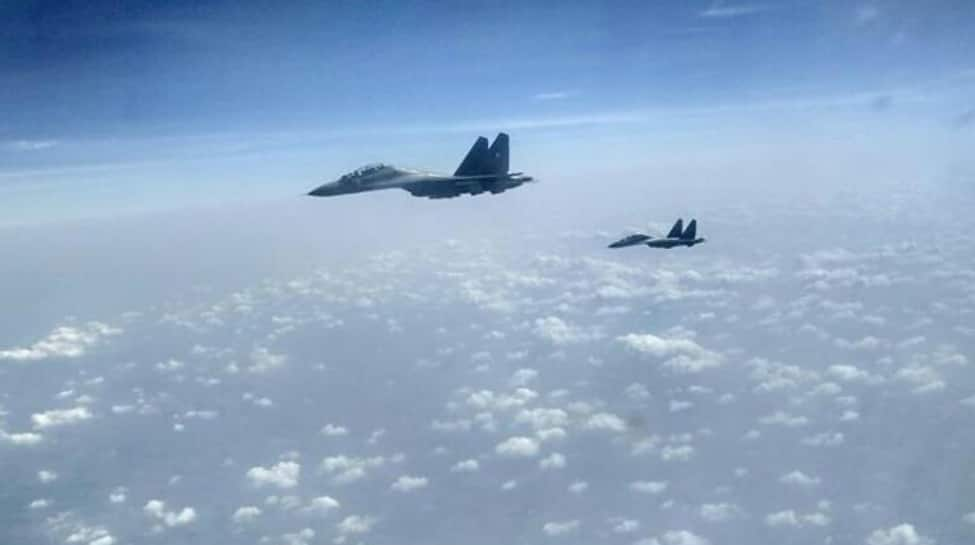
 zeenews.india.com
zeenews.india.com
So no, I don't think Chinese aircraft design technology is any good, when its 4th generation aircraft keep on crashing (as in the J-15), or developing airframe fatigue cracks (as in the JF-17, J-10s and PLAAF flanker copies), or developing engine failures which lead to several crashes including the one which killed the first PLAAF female J-10 pilot).
The only real value then, of these latest Chinese aircraft, is for Chinese propaganda and psy ops purposes, in order to impress CCP drones and ignorant foreigners. But anyone who knows anything about Chinese aircraft laughs at Chinese Communist government's attempts at deception.
Only brainwashed CCP drones believe that the latest PLAAF barbie doll fighters are any good. These latest PLAAF fights are only flown for their propaganda photo shoots in order to impress the brainwashed Chinese people. Otherwise they are kept in storage, because their airframes and engines are simply not reliable enough. Plus a crash of one of these barbie doll fighters would be devastating for Chinese propaganda.
It's easy to fly such aircraft for psy ops and propaganda photo shoots. It's much harder to deploy them in war under harsh weather conditions when their engines and airframes are simply not reliable. Plus it would destroy PLAAF morale if their latest Chinese aircraft crashed due to engine failure or were shot down due to them being tracked and hunted by enemy aircraft, as well as due to the outdated avionics on them. Another example of how outdated Chinese radar technology is, is the import of the S-400 from Russia by China: As even the S-400 radar technology is 2 decades old even by Russian standards (the west is 2 decades more advanced than Russia in radar technology); and yet the S-400 is a step up for the PLA. And the CCP drones here think that PLAAF aircraft can compete with western avionics and weapons technology.

China's Carrier-Based Fighter Jets Keep Crashing And Burning
China is developing a new carrier-based fighter aircraft to succeed the Shenyang J-15 Flying Shark.The J-15—which is an unlicensed Chinese development
The J-15—which is an unlicensed Chinese development based on a T-10K-3 prototype of the Russian Su-33 Flanker-D—has proven to be a disappointment in service with the People’s Liberation Army Navy (PLAN). The navalized Chinese Flanker derivative has suffered a number of high-profile crashes due to technical issues with the aircraft’s engines and flight control system.
The J-15’s problems are apparently serious enough that Beijing is embarking on the development of a new carrier-based aircraft that would take the J-15’s place in China’s nascent carrier air wings.
A “new carrier-based fighter to replace the J-15” is being developed, Lt. Gen. Zhang Honghe, deputy head of the PLA Air Force, told the South China Morning Post.
It is unclear what the J-15’s successor will look like, but whatever aircraft Beijing develops will have to be able to operate from the ski-jump configured flight decks of theType 001 and Type 001A carriers —which are developments of the Soviet Kuznetsov-class —as well as the forthcoming Type 002, which is reportedly going to be outfitted with electromagnetic aircraft launch system (EMALS).
Chinese naval analysts have suggested that Beijing might develop a naval variant of the FC-31 Gyrfalcon, which is a “privately-funded” development of the state-owned Shenyang Aircraft Corporation.
However, there is no official confirmation from Beijing on what a J-15 replacement might look like.
The impetus for doing away with the J-15 stems from a series of four serious accidents suffered by the type.
According to the SCMP, there have been at least four J-15 crashes that have resulted in at least one fatality and one case of serious injury due to what has been described as a series of “unpardonable mechanical failures.”
The technical problems seem to be traceable to the J-15’s indigenously developed engines and flight control system.
“The J-15 is a problematic aircraft – its unstable flight control system was the key factor behind the two fatal accidents two years ago,” a source told the SCMP.
Indeed, during two of the incidents which resulted in J-15 crashes, the SCMP said the “flight control system was breaking down” on approach to the runway during Field Carrier Landing Practices (FCLP). That might suggest the J-15’s flight control laws are vulnerable to pilot induced oscillations or any number of other problems.
Additionally, it is not clear how reliable the J-15’s indigenous Shenyang Liming WS-10H engines are and if they played a factor in these crashes. Older versions of the J-15 were powered by the Russian Salyut AL-31F engines, which are more or less reliable.
The Chinese apparently were well aware of problems with the J-15 but pressed ahead with deploying the jet operationally regardless of the risk, which highlights a culture that is markedly different from the U.S. Navy.
Indeed, while the U.S. Navy will fly an aircraft with restrictions for problems that have emerged once a type has entered service, the Pentagon would not normally declare an aircraft operational if it is known to have serious safety issues.
“Of course it’s impossible to prevent any accident from ever happening during training,” a PLAN veteran told the SCMP.
“But unlike their counterparts in Western countries, Chinese air force pilots are asked to work around these mechanical errors.”
The PLAN also seems to have been in a state of denial about the extent of the J-15’s problems even after at least one naval aviator was killed in a crash (though that is often a problem with military services around the world).
“Aviation experts at first refused to acknowledge that the J-15 has design problems,” a source told the SCMP.
“They only agreed there were problems after Cao [Xianjian, a highly experienced naval aviator] encountered the same trouble.”
That the J-15 has serious design flaws should come as no surprise.
At the end of the day, the Chinese reverse engineered the J-15 design from an incomplete prototype of the Sukhoi Su-33 that it acquired from Ukraine. While Chinese engineers might have gained considerable insight into the Flanker design from the T-10K-3 and other Su-27 derivatives in Beijing’s possession, because they did not develop the jet or its systems, they do not fully understand the airframe due to some of the traditional limitations inherent to reverse engineering. These gaps in knowledge probably led to some of the problems the Chinese are now encountering with the J-15 design.
China cannot even design and build 4th generation platforms or engines that are reliable enough not to crash. And yet we are supposed to believe China's claims on 5th generation fighters. Even the US, the inventor of stealth, has had issues with stealth materials on F-35 during high G testing, which took years to sort out. And somehow miraculously China had no such issues during testing and came up with production aircraft ahead of the Americans, who the Chinese supposedly hacked and stole technology from. Give me a break.
And all this is after they cannot even design and operate 4th generation aircraft without crashing or developing other issues like fatigue cracks, as in the JF-17s of Pakistan Air Force:

JF-17 BLUNDER: 40% of Pakistan's Frontline Fighter Jets Docked For A Variety of Reasons
There are problems with the fuselage, with cracks being detected in the lower fairing skin. This is an area that is most affected by G or gr...
JF-17 BLUNDER: 40% of Pakistan's Frontline Fighter Jets Docked For A Variety of Reasons
There are problems with the fuselage, with cracks being detected in the lower fairing skin. This is an area that is most affected by G or gravity-related pressures
Latest reports from the government sources show that about 40 per cent of JF-17 fighters in two Pakistan Air force bases are grounded for a variety of reasons. And there is no quick fix for the problems as they relate to structural issues.
The JF-17's canopy electrical system is malfunctioning. This is also the case in the JF-17B, the dual seater. This is a potential danger as it makes ejection by the pilot in case of it being required either difficult or almost impossible.
There are problems with the fuselage, with cracks being detected in the lower fairing skin. This is an area that is most affected by G or gravity-related pressures.
There have been cracks in the strake areas, which could be in the fuselage or wings. A strake is a strengthening device and again, this could be because of stress during flying.
There are also cases of anchor breakages in the JF-17. This is another sign of structural weakness. The radar and it's attached equipment is heavy and is clearly too heavy for that part of the fighter, sources said.
China cannot design a regular canopy that doesn't develop fatigue cracks over time for the JF-17. Yet we are supposed to believe that it has successfully designed a stealthy canopy, which requires much more effort in terms of materials technology.
China cannot design a regular radome for the JF-17 that doesn't develop fatigue cracks over time. Yet we are supposed to believe that China has successfully designed a stealthy radome, which is far more advanced in terms of materials technology.
China cannot design a carrier aircraft that is reliable even after copying the J-15 from the SU-33 design; Chinese J-15s keep crashing due to airframe and engine reliability problems. Yet we are supposed to believe the criminal Chinese Communist government's claims on stealth. And this is after their lies and denial of person-to-person transmission of the Covid-19 virus for months led to even more Chinese deaths, as well as spreading of the pandemic internationally. If it wasn't for a few brave doctors in Wuhan and Hong Kong (like Dr. Li Wenliang who died from Covid-19; and Dr. Li Meng Yan whose mother was arrested after she escaped China to disclose that the Covid-19 virus is a PLA biological weapon that was intentionally spread to the world by the lying Chinese Communist government) who leaked the truth even after being threatened by the Chinese Communist government, we wouldn't have found out about it; of course by that time it was too late and the pandemic had spread worldwide.
Without the radome and canopy being stealthy, you cannot have a stealth aircraft as they are the biggest reflectors of radar from the front. This is also why China chose to keep the canards in spite of them being detrimental to stealth; as the gaps and joints between the canard and airframe are radar resonance hotspots which will even be picked up by x-band radar, along with all the other bands. When you cannot even hide the radome/radar and canopy from enemy radar, there is no point in deleting the canards in order to improve the RCS. This is the real reason why China kept the canards, because China doesn't yet have 5th generation technology.
Another example of this is that China imported SU-35 aircraft from Russia very recently in order to copy its avionics, even though the radar and other avionics on the SU-35 are severely downgraded versions of Russian radar and avionics based on 1990's technology. That tells me that the operating systems of the latest Chinese radars are still copied from and based on downgraded Russian radar technology from 2 decades ago. So you cannot have a 5th generation aircraft when the radar operating system technology is 2 decades old:

If the J-20 Stealth Fighter Is So Amazing Why Is China Buying Russia's Su-35?
A really good question.
And finally, all this was confirmed when Indian Air Force fighters such as the SU-30MKI have been able to track these aircraft over the Himalayas from hundreds of kilometers away:

IAF's Sukhoi Su-30 MKIs can detect and track Chinese Chengdu J-20 stealth fighters
The IAF Sukhoi Su-30MKIs on a sortie in the Northeast managed to track Chengdu J-20 fighters being operated by the People’s Liberation Army Air Force (PLAAF) over Tibet.
So no, I don't think Chinese aircraft design technology is any good, when its 4th generation aircraft keep on crashing (as in the J-15), or developing airframe fatigue cracks (as in the JF-17, J-10s and PLAAF flanker copies), or developing engine failures which lead to several crashes including the one which killed the first PLAAF female J-10 pilot).
The only real value then, of these latest Chinese aircraft, is for Chinese propaganda and psy ops purposes, in order to impress CCP drones and ignorant foreigners. But anyone who knows anything about Chinese aircraft laughs at Chinese Communist government's attempts at deception.
Only brainwashed CCP drones believe that the latest PLAAF barbie doll fighters are any good. These latest PLAAF fights are only flown for their propaganda photo shoots in order to impress the brainwashed Chinese people. Otherwise they are kept in storage, because their airframes and engines are simply not reliable enough. Plus a crash of one of these barbie doll fighters would be devastating for Chinese propaganda.
It's easy to fly such aircraft for psy ops and propaganda photo shoots. It's much harder to deploy them in war under harsh weather conditions when their engines and airframes are simply not reliable. Plus it would destroy PLAAF morale if their latest Chinese aircraft crashed due to engine failure or were shot down due to them being tracked and hunted by enemy aircraft, as well as due to the outdated avionics on them. Another example of how outdated Chinese radar technology is, is the import of the S-400 from Russia by China: As even the S-400 radar technology is 2 decades old even by Russian standards (the west is 2 decades more advanced than Russia in radar technology); and yet the S-400 is a step up for the PLA. And the CCP drones here think that PLAAF aircraft can compete with western avionics and weapons technology.

Last edited:

